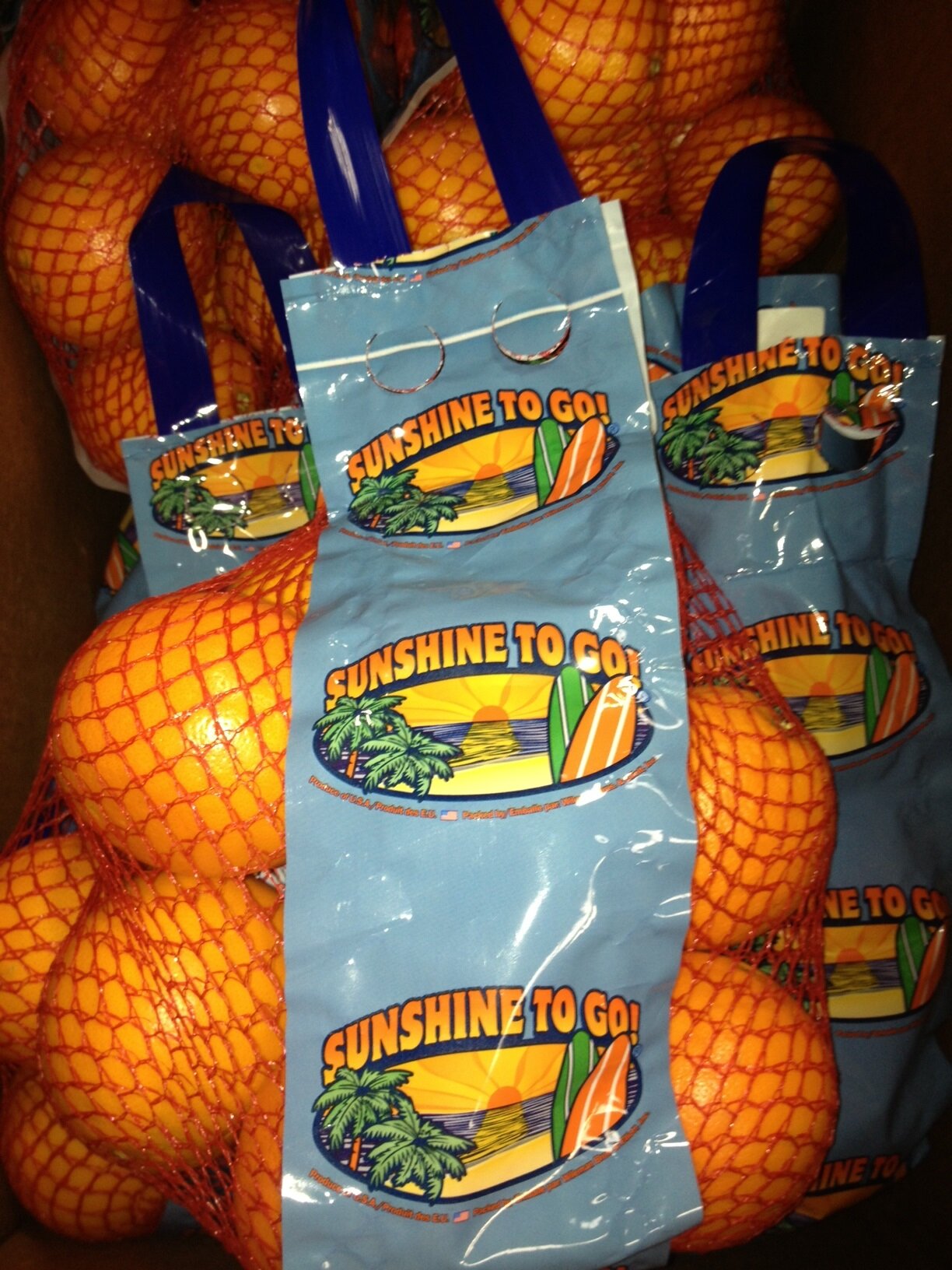

Our Products
Navels: October - July
California navels have a unique quality and flavor, which consumers favor over other growing regions in the U.S. and the world.
Summer Navel: May - July
Summer navels have the same characteristics as regular navel oranges, but they are raised to hit peak maturity later in the season growing season. Our summer varietals include: Powells, Barnsfields, and Lane Lates.
Valencias: April – October
The Valencia orange is a sweet orange. It was first hybridized by pioneer American agronomist and land developer William Wolfskill in the mid-19th century on his farm in Santa Ana, southern California, United States.
Primarily grown for processing and orange juice production, Valencia oranges have seeds, varying in number from zero to nine per fruit. Its excellent taste and internal color make it desirable for the fresh fruit markets, too. The fruit has an average diameter of 2.7 to 3 inches (69 to 76 mm; 6.9 to 7.6 cm), and a piece of this fruit which weighs 96 grams (3.4 oz) has 45 calories and 9 grams of sugar. After bloom, it usually carries two crops on the tree, the old and the new. Worldwide, Valencia oranges are prized as the only variety of orange in season during summer. Furthermore, Valencia oranges bring benefits because of the vitamin C and flavonoids contained.
Midnight Seedless Valencias: May - September
The Midnight Valencia Orange is an early fruiting Valencia. It produces larger fruit than the Valencia, but it's just as sweet and virtually seedless.
Cara Cara: December – May
Cara Caras have a pink interior color. The juice is often sweeter than a regular navel orange. They add a unique color, which many chefs add to salads or as garnish to their dishes. This medium sized navel is seedless, sweet and low in acid and characterized by little to no pith and easy, clean separation from the rind. The flavor is more complex than most navel varieties and has been described as evoking notes of cherry, rose petal, and blackberry.
Unlike true blood oranges, where the main pigmentation is due to anthocyanins, pigmentation in Cara Cara is due to carotenoids such as lycopene.
Minneolas: December - May
The minneola has a unique shape with a small rounded protrusion on the stem end. Its juice is characterized by a high acidic ‘tart” flavor with a sweet finish.
Pummelos: December - May
The Pummelo, Citrus maxima or Citrus grandis, is the largest citrus fruit from the Rutaceae family. It is a natural citrus fruit, similar in appearance to a large grapefruit, native to South and Southeast Asia.
Lemons: October - May
The lemon, Citrus limon (L.) Osbeck, is a species of small evergreen tree in the flowering plant family Rutaceae, native to South Asia, primarily North eastern India.
The tree's ellipsoidal yellow fruit is used for culinary and non-culinary purposes throughout the world, primarily for its juice, which has both culinary and cleaning uses. The pulp and rind (zest) are also used in cooking and baking. The juice of the lemon is about 5% to 6% citric acid, with a pH of around 2.2, giving it a sour taste. The distinctive sour taste of lemon juice makes it a key ingredient in drinks and foods such as lemonade and lemon meringue pie.
Blood Oranges: December – May
The blood orange is the most unique of the citrus fruits. It has a deep orange exterior color, sometimes with hints of red blush. The interior color is a deep blood red color. The juice is very sweet in flavor. It goes well in salads, juices, and cocktails.













Packaging and Labels
The fruit is harvested by hand in the fields and transported to our packing facility in large bins. The fruit is washed and a very thin layer of food grade wax is applied to keep the fruit fresh and looking great. It is sized and sorted for packaging. We utilize state of the art grading equipment to remove any defects like color, misshapen fruit, or scars. We can even sort the fruit by sugar content and/or juice content, using a patented infrared system. The fruit is packaged into commercial cardboard cartons, smaller consumer packs, retail bags, large bulk bins, or any type of custom packaging. Finally, it is transported to our on-site cold storage facility to maintain optimal temperature and await shipping.















